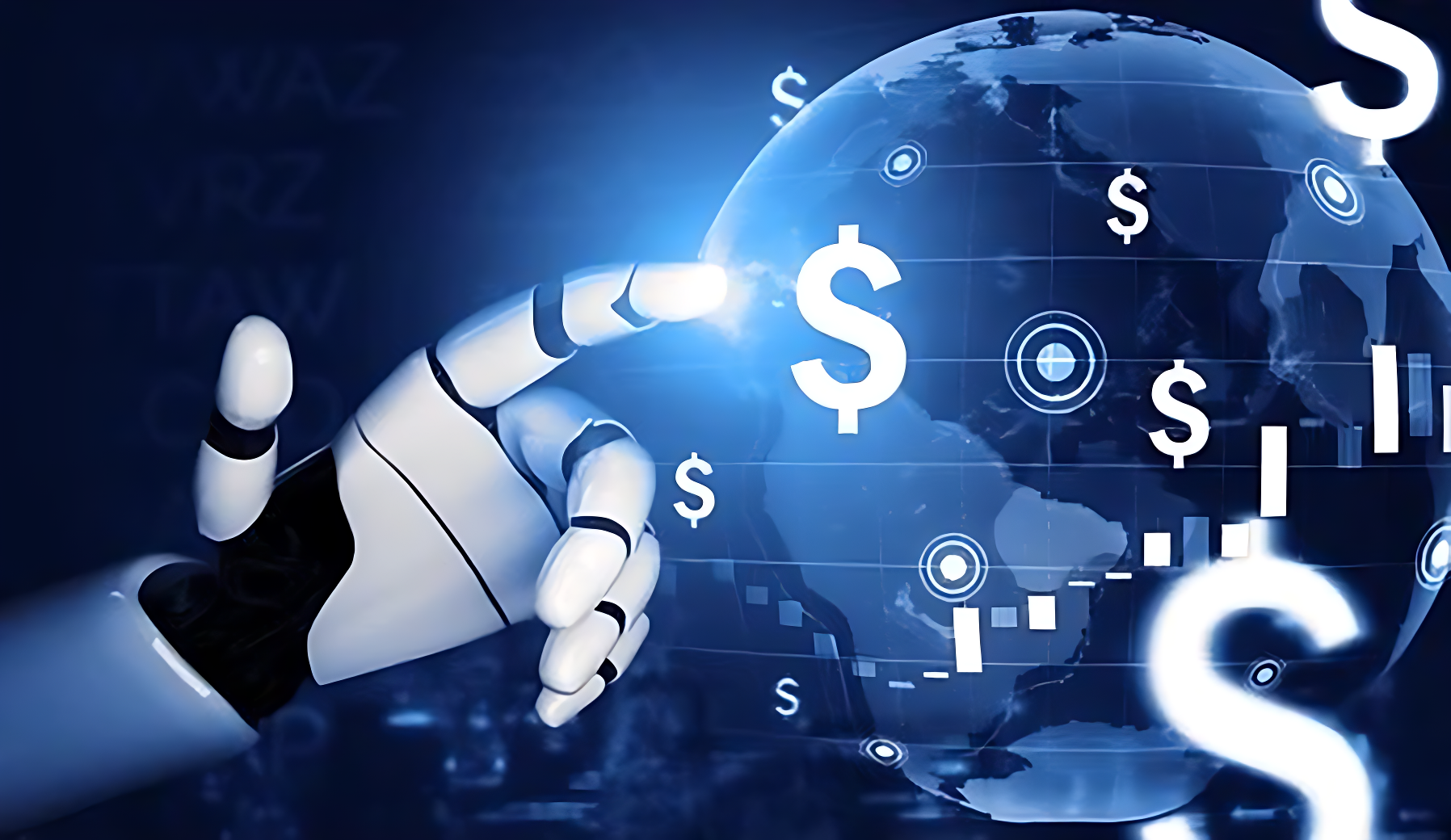As automation reshapes global supply chains, the economics of trade are being rewritten in real time. Artificial Intelligence is no longer confined to the factory floor or financial algorithms—it now influences tariff policy, export competitiveness, and even diplomatic negotiations.
For decades, comparative advantage relied on labor costs and resource access. In the AI era, that advantage shifts toward nations capable of integrating intelligent systems into production and logistics. Automated ports, predictive customs algorithms, and digital trade corridors are compressing shipment times and slashing transaction costs. Yet they also raise thorny issues around data sovereignty and regulatory alignment.
The World Trade Organization is exploring frameworks to manage “digital duties” on AI-generated goods and cross-border data. Meanwhile, the United States and the European Union are pushing for shared standards that blend technology ethics with trade facilitation. Emerging economies such as India, Vietnam, and Indonesia see opportunity: by investing in AI-enabled infrastructure, they can leapfrog traditional industrial stages and attract high-value manufacturing.
However, technology alone won’t guarantee prosperity. Automation threatens to deepen inequality between nations that develop algorithms and those that merely deploy them. To mitigate this divide, trade policy must evolve beyond tariffs and subsidies to include digital-capacity-building partnerships and transparent governance frameworks.
The intersection of AI and trade will define the next decade’s winners and laggards. The challenge for policymakers and executives alike is to harness efficiency without eroding fairness—proving that intelligent trade can still be equitable trade.
